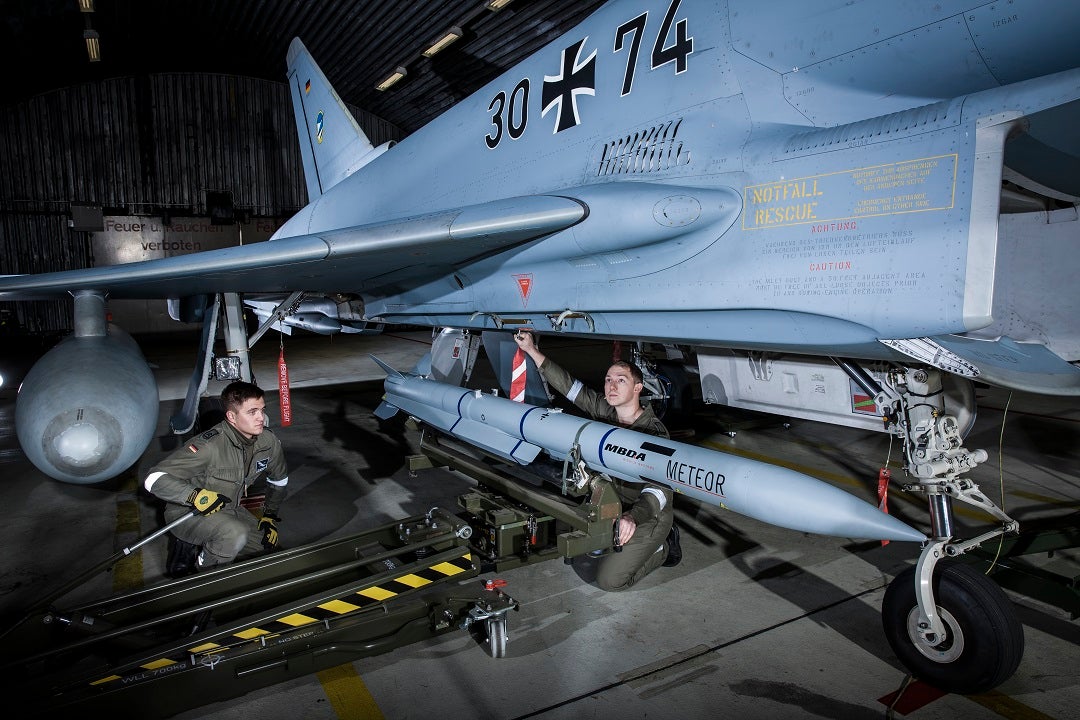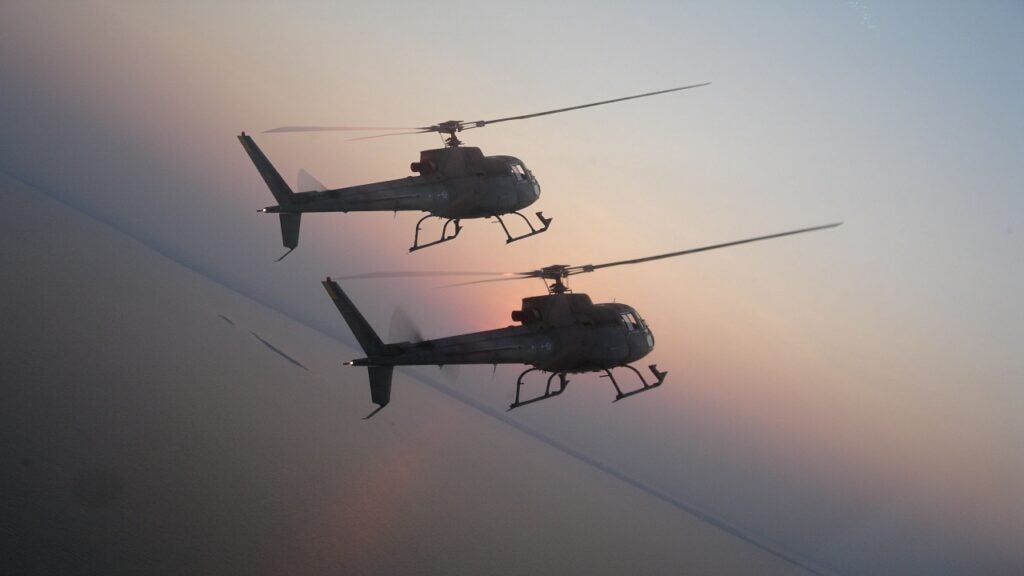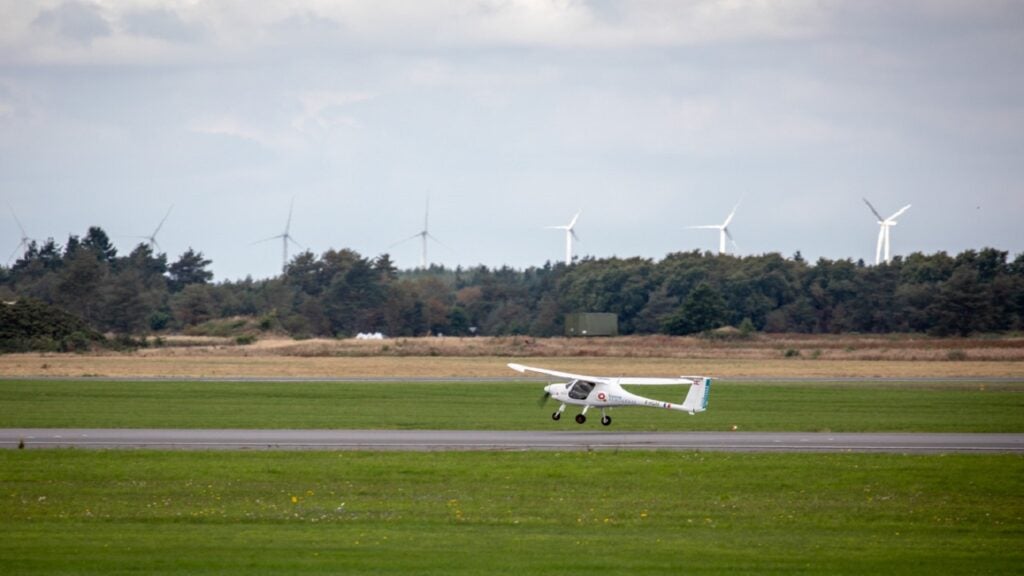
Meteor is a next generation, active radar-guided, beyond visual range air-to-air missile (BVRAAM) system. The missile is manufactured by MBDA Systems for six European nations.
The Meteor BVRAAM can be integrated on Eurofighter Typhoon, Saab, Gripen, Dassault Rafale aircraft, and Lockheed Martin’s F-35 fighter jet. It is said to be one of the most effective air-to-air missiles in the world.
Meteor BVRAAM development
Beyond Visual Range Air-to-Air Missile Integrated Project Team (BVRAAM IPT) was set up by the UK MoD to manage the development of the Meteor missile. The project was later joined by Germany, Italy, Spain, France and Sweden, to fulfil their future BVRAAM requirements.
The UK Ministry of Defence (MoD) awarded a contract to MBDA for the design and development of Meteor missile in December 2002. The contract was signed on behalf of all partner nations of the Meteor programme. It includes options to produce the missile to meet individual requirements of nations.
The trial integration of Meteor on Gripen and Rafale aircraft was carried out in 2004. The design of the missile was confirmed with the second round of aerodynamic wind tunnel trials in the same year.
In June 2012, Meteor was successfully launched from a Eurofighter Typhoon fighter jet for the first time as a part of the future enhancements flight test programme.
The maiden test firings of Meteor from Gripen aircraft were conducted in 2006 at the Vidsel range in Sweden.
In September 2010, Saab was awarded a $47.76m contract by the Swedish Defence Materiel Administration (FMV) for the integration of Meteor on Gripen aircraft.
A series of air and ground trials, and missile development trials were successfully concluded by 2012. MBDA and Thales signed a $60.51m contract for the development and initial production of seekers for the Meteor missiles in June 2013. BAE Systems was contracted for the integration of Meteor on Typhoon aircraft in the same month.
Saab and Swedish Defence Materiel Administration (FMV) successfully conducted the first test firing of the Meteor missile, which is configured for mass production, from Gripen aircraft in June 2013. In July 2016, the Meteor missile was fully integrated into the Swedish Air Force’s Gripen fighter aircraft. With the integration, Gripen became the first combat aircraft in the world to be operational with the MBDA Meteor BVRAAM missile.
In April 2015, the French Ministry of Defence, Dassault Aviation, and MBDA successfully carried out a guided test firing of Meteor missile from the Rafale combat aircraft in a joint operation.
BAE systems started working on the integration of Meteor and Spear missiles on the F-35 fighter jets in March 2019.
In December 2019, MBDA Systems received an order from the Meteor Integrated Joint Programme Office (IJPO) to build additional Meteor BVRAAMs for the German Air Force.
The company also received a contract from Korean Aerospace Industries for the integration of the Meteor BVRAAM on the future Korean fighter aircraft KF-X in November 2019.
Design of the Meteor missile system
Designed as a complete unit, the missile requires no assembly and maintenance immediately before loading. This arrangement reduces its overall life logistic support cost.
Meteor can be launched as a stealth missile. It is equipped with enhanced kinematics features. It is capable of striking different types of targets simultaneously in almost any weather.
The Meteor has a length of 3.65m and diameter of 0.178m. It is designed to be compatible with AIM-120 type rail and eject launcher systems.
Meteor BVRAAM blast-fragmentation warhead
The Meteor missile is equipped with a blast-fragmentation warhead, supplied by TDW of Germany. The warhead is designed as a structural component of the missile. The missile integrates proximity and impact fuses.
Sensors on the beyond visual range air-to-air missile
Meteor BVRAAM is equipped with a two-way datalink, which allows the launch platform to provide updates on targets or re-targeting when the missile is in flight. The datalink is capable of transmitting information such as kinematic status. It also notifies target acquisition by the seeker.
The missile system is installed with an active radar target seeker, offering high reliability in detection, tracking and classification of targets. It is also integrated with inertial measurement system (IMS) supplied by Litef. Saab is providing radar proximity fuse subsystems (PFS) for the Meteor weapon system. It is integrated with all Meteor missiles. The PFS is designed to detect the target and compute the optimum time to detonate the warhead for maximum impact.
Meteor missile performance
The missile has a range in excess of 100km. Designed for a speed greater than Mach 4, the missile has a large no escape zone.
The Meteor can engage moving targets such as jets, unmanned aerial vehicles (UAVs) and cruise missiles at the same time owing to its enhanced tracking abilities.
Propulsion system on the next generation missile
The Meteor missile is powered by a solid fuel variable flow ducted rocket (ramjet) supplied by Bayern-Chemie. The ramjet provides the Meteor missile with a capability to maintain consistent high speeds. This ability helps the missile to chase and destroy fast moving flexible targets.
The missile includes an electronics and propulsion control unit (EPCU) that adjusts the rocket’s air intake and duct covers based on the cruise speed and the target’s altitude.
The EPCU observes the distance and fuel level in the rocket and adjusts the throttle of the rocket. This feature of the EPCU helps the missile to manage its fuel system.



